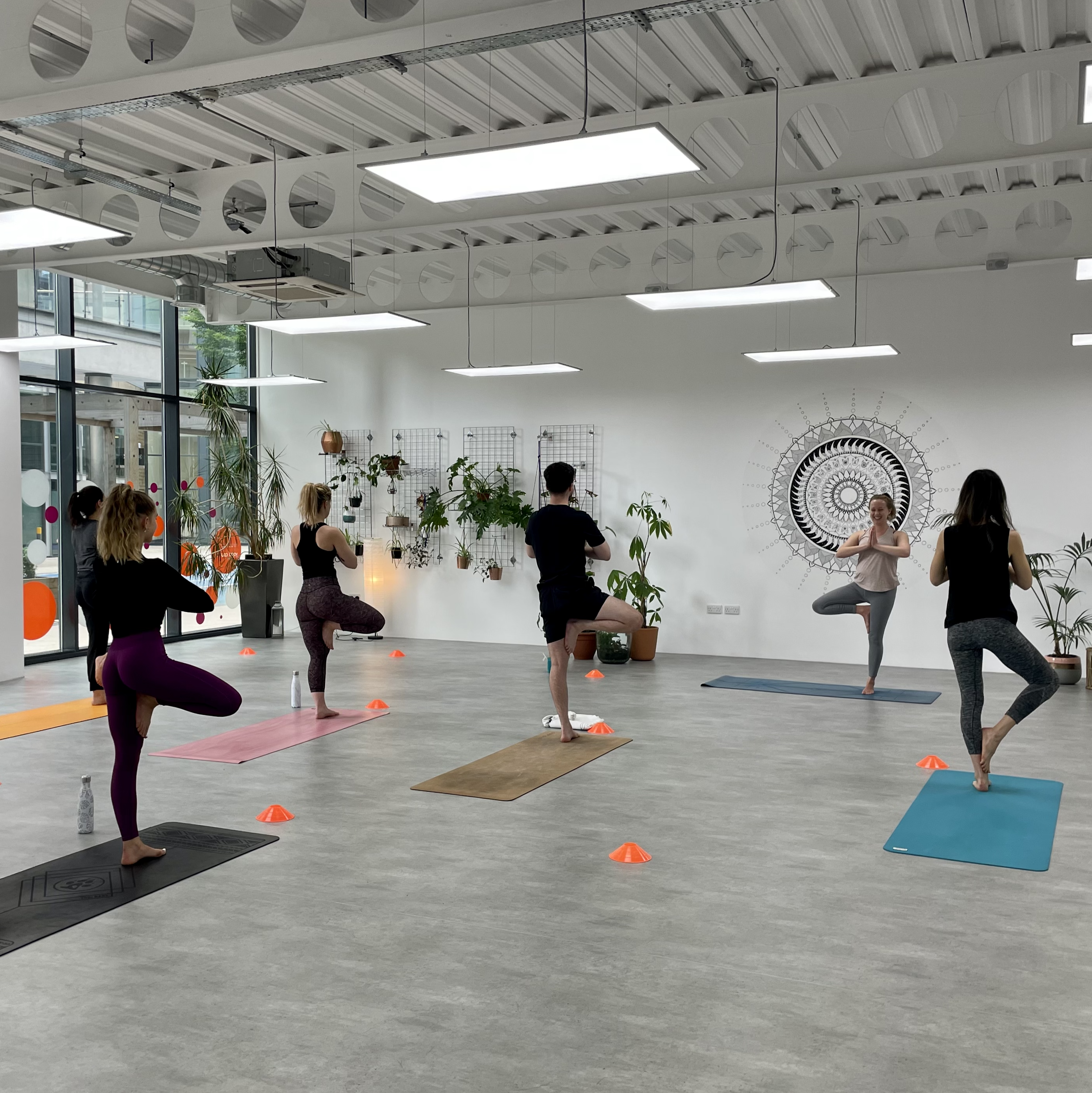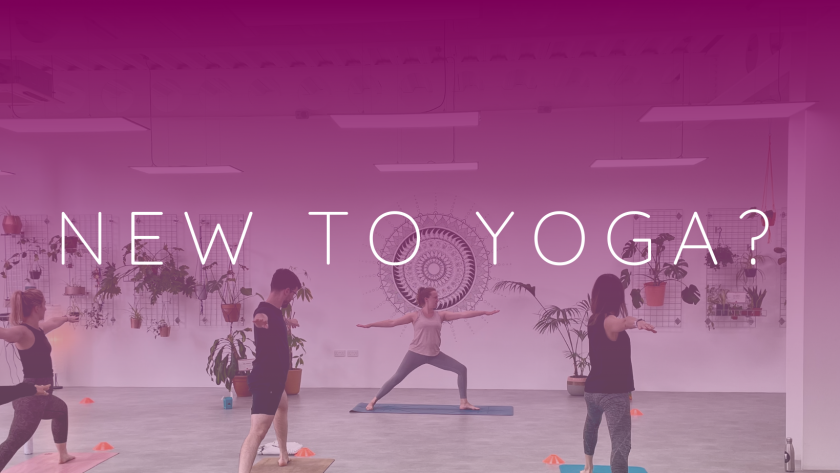The benefits of a reasonably regular yoga practice are pretty well-known. Increased flexibility, feeling calmer, more at peace with the world, able to touch one’s toes. Etc.
But starting a yoga practice can be nerve-wracking and a little overwhelming.
What class is best for you? Where do you put your shoes? What if you fart? How early should you arrive? What do you need to wear? What if you don’t know the names of the poses?
We get it. We get it, because we’ve all been there too.
I (Holly – hi by the way) still remember my first yoga class. I remember not knowing the names of the poses, but being explained through them, so that didn’t matter. I remember the class being quite physically challenging (it was an Ashtanga class, more on the types of yoga later) and I remember floating out of there feeling a calm that I genuinely don’t think I had felt before. I also felt tired, but in a way that gave me more energy. I can’t possibly explain that though! Ok so enough about how I felt, but suffice to say, I remember it clearly. I also remember wonderful wtf Ashtanga was, wondering which way I needed to face on the mat and whether I needed to pay before or after.
So, let’s demystify the whole thing as much as possible, and remember that our friendly team can always help with any questions that you have.
Types of yoga:
Flow classes
All flow classes, including Vinyasa Flow, do just that; flow from one pose to the next. Our teachers will talk you through the poses, letting you know what to do to ensure you’re practicing safely.
Flow classes can be calming, energising, challenging, gentle… Look for more information either in the name of the pose or the quick look info on our timetable.
Ashtanga
Ashtanga is a set sequence, designed to be challenging, so this is a great class to attend if you’re looking to build strength and flexibility.
Yin
Yin classes are long-held postures, supported by props – if you’re in a yoga studio, or thick books and blankets if you’re at home! Yin is absolutely great for calming, and for increasing flexibility.
Booking and paying for your yoga class
At Yoga Hero, and at most yoga studios, it’s usually best to book. Not compulsory, but best. Why? Well first off, you’ve committed to going, which is really good. Secondly, if you’re running late, the teacher or reception staff will know/assume that you’re on your way and make allowances for that. Thirdly, it means that you won’t be turned away if the class is full.
At Yoga Hero we have our own app which you can use to book and pay, which you can download here >
If you’re booking your place, you’ll likely pay when booking, so that’s easy peasy and nice and straightforward. If you’ll be ‘dropping in’ i.e. not booking, at Yoga Hero you can pay by card (we don’t accept cash any longer), but if you’re going elsewhere, you might want to check how is best to pay. Sometimes yoga classes are pop up; say in a church hall or art gallery, so they don’t have a card machine.
When to arrive for your yoga class
It’s usually best to arrive 5 – 10 minutes early for your class, which means you can get changed if needed, lay your mat out and decompress before the class starts.
Where to put your shoes
Usually yoga studios are places where you take your shoes off. At Yoga Hero, we ask that you take your shoes off outside of the practice space so that the space itself is shoe-free, nice a clean, etc.
You can take your shoes in with you – more than once my flip flops have accidentally flip flopped off with another person who mistook them for their own! So to be sure, you can keep your shoes with you, and on that note….
Where to put your belongings
At Yoga Hero we’re happy for you to bring your belongings in to the practice space with you. We’re aware that many people (I include myself in this), would be totally worried and pre-occupied about leaving belongings out of sight. A long time ago I practiced in a studio that insisted all belongings were left, out of sight, outside of the practice space. I had with me my new work laptop and I just couldn’t concentrate for fear it would go walkies. So, feel free to take your stuff in with you; pop it by your mat, or at the side of the room.
What if I fart?
Well, it just means you’re human. However, it is best / recommended to not have a heavy meal before a yoga practice. If you’ll be twisting, backbending, and folding forward, it can just make you feel a bit icky.
What do you need to wear?
Anything that’s comfortable, that you can move around in.
What do I need to bring?
You definitely need to bring or wear, as just mentioned, some comfortable clothes that you can move about in.
Also, you’ll likely want to bring a bottle of water. If you’d prefer to use your own mat, then bring that, but if you don’t have one, or you don’t want to cart it around with you, you can borrow one for free. You *can* also bring a blanket to cover you in Savasana – the relaxation at the end of your class, and many many other props… but you don’t *need* to. If something’s required for your class, it’ll be provided. So, to summarise, yourself, your clothes, your drink, and your own mat if you’d prefer.
What if you don’t know the names for the poses?
Well, that’s why you’ve come to a class! To be guided and to learn. You’re new to yoga, but you’re starting your practice which is GREAT. However, this doesn’t mean that you’re telepathic. If your teacher says something that you don’t understand, you can always ask, or raise an eyebrow at them, they’ll see and explain more! And if they don’t, well, that’s not the teacher for you. If this experience happens to you at Yoga Hero, please tell me immediately because I’m adamant that all Yoga Hero teachers make yoga as accessible and beneficial as possible.
Hopefully that’s a useful guide to some of the questions that you might have before your first class.
Have we missed something? Please let us know in the comments.
We can’t wait to welcome you!


